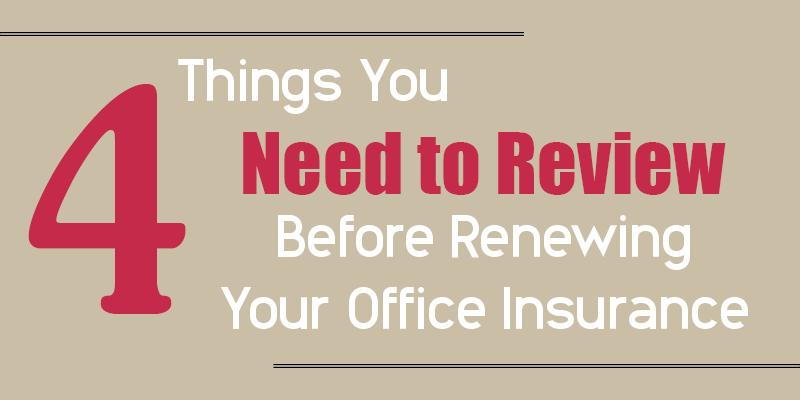
FDA Services (FDAS), a wholly owned subsidiary of the Florida Dental Association (FDA), is an insurance agency created for and benefiting dentists. We work tirelessly to secure the best carriers and lines of insurance dentists need throughout their careers. FDAS provides the best coverage at the most affordable prices with incomparable customer service.
It's important that FDA members and FDAS clients are aware that the property insurance market in Florida is hardening. This means that coverages are more difficult to find, coverages are reducing and prices are significantly increasing. What should dentists do? FDAS recommends reviewing the following four things:
1. Deductibles
Most office insurance policies in Florida will have two deductibles: a wind deductible and an “all other perils” (AOP) deductible.
- Wind deductibles have been increasing each year, so it’s important you know how they work. They often are stated as a percentage. This means they are a percentage of the coverage amount, and not the loss. For example, if your wind deductible is 5% on your $350,000 building, then in the event of a hurricane your deductible is $17,500.
- Usually, the AOP deductible is a set dollar amount. It's typically a range from $500 up to $5,000.
2. Business Income Limits and Length
Business income covers lost revenue in the event of a physical loss to the practice. In recent years we have seen an increase in the number of caps and deductibles put on this coverage. Following are some samples and explanations.
- Fraction Deductible: Often listed as 1/3, 1/4, 1/6 or 1/12, this is the monthly cap on coverage. Since most business income claims are in the first few months before repairs can be finished, it is best to have no deductible or the largest one, 1/3. For example, if your business income has a stated amount of $500,000 and 1/3 deductible, the cap on monthly payment is $166,676 each month until you meet your limit. However, if you had $500,000 but a 1/12 deductible the monthly cap is $41,667.
- Time Deductible: Instead of a fraction deductible, some policies pay actual loss sustained with no cap on monthly limits. However, the period of payout can be capped. If your policy is six months Actual Loss Sustained, then in the event of a triggering claim, the carrier will pay for business income up to six months if repairs are still being made. The cost to repair/rebuild from major losses can take much longer, so be aware that business income will be cut off after that time period.
3. Utility Services Coverage
Utility Service Coverage, also referred to as off-premises power coverage, covers businesses from property damage and loss due to utility services, originating away from the premises of the insured property and caused by a covered peril. Several years ago, this coverage was standard but due to a large number of claims in the past few years, carriers are deleting or capping this coverage. There are two parts to this coverage and you should research to determine if you have both.
- Direct Damage: Coverage for damage or loss to your covered property if caused by the utility failure. For example, lightning strikes at a nearby electrical transformer, creating a power surge that causes your operatory light to explode.
- Time Element: Covers business income or extra expense to cover a loss of income due to the suspension of business because of the interruption in your utility. For example, a fire at the power plant causes an outage at your office preventing you from opening/treating patients for a week.
4. Property and Building Values
The point of insurance is to have coverage for your practice in the event of a covered loss. The insurance carrier will only pay up to your policy limits. With construction costs rising drastically and supply chain shortages, it is important to reevaluate your REPLACEMENT COST limits annually (replacement cost does not factor in depreciation). If your practice was 100% lost in a fire, how much would you really need to rebuild at today’s costs?
Beware of co-insurance clauses: This insurance is not like health insurance. More property policies are including co-insurance clauses in the policy. These are stated as a percentage, usually 80%, 90% or 100%. It is essentially a penalty for not having enough insurance. This reduces your limit amount if the co-insurance requirement is not satisfied.
Have questions or want more information? Our experienced staff is ready to get to work for you — call or text 850.681.2996 or email [email protected] to connect to our agents today.
